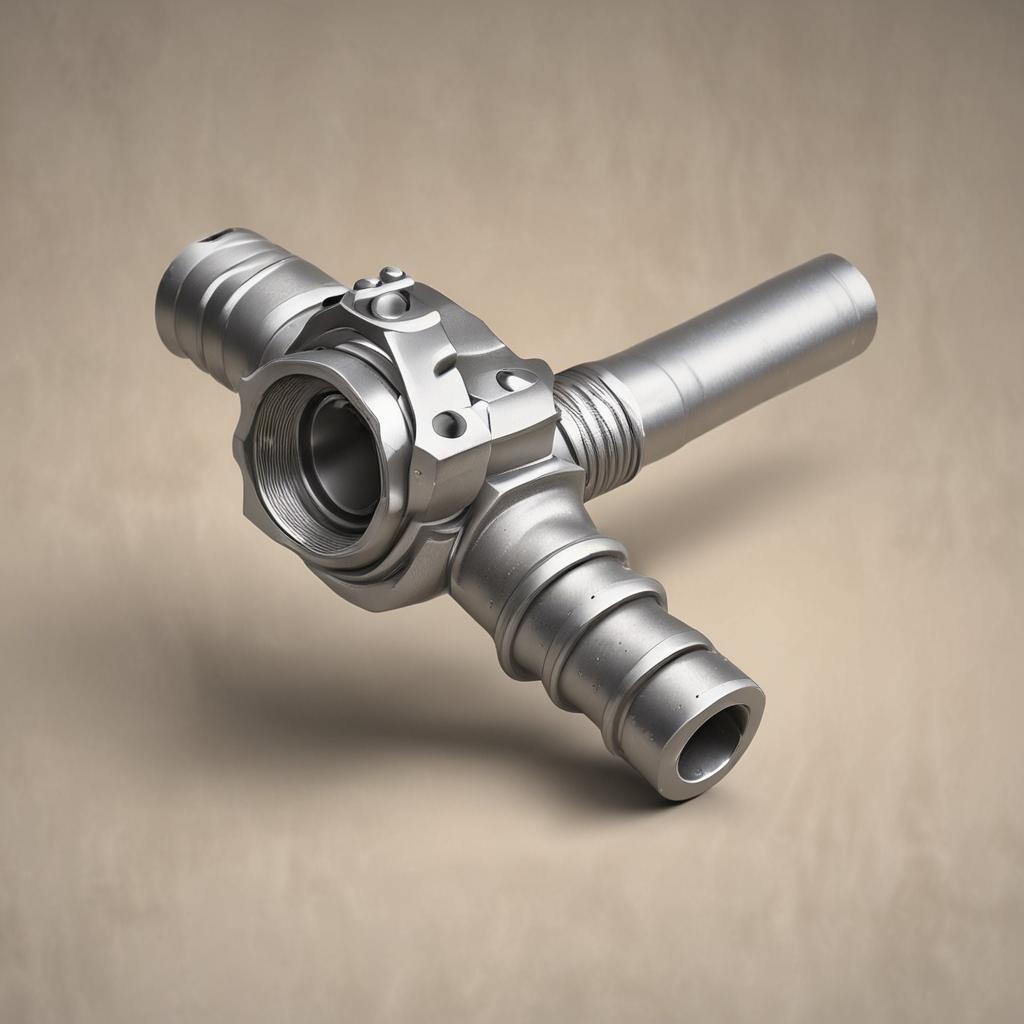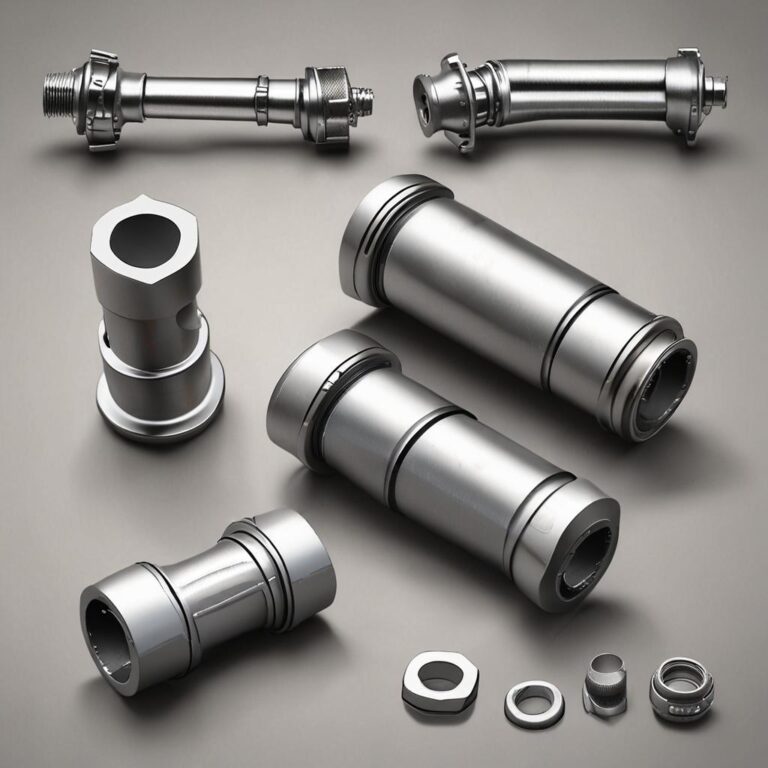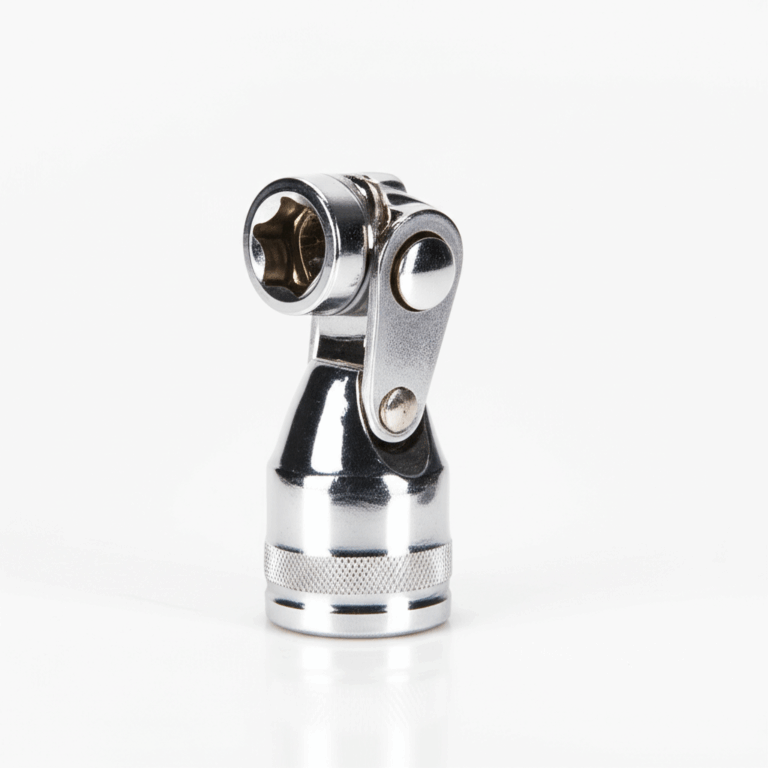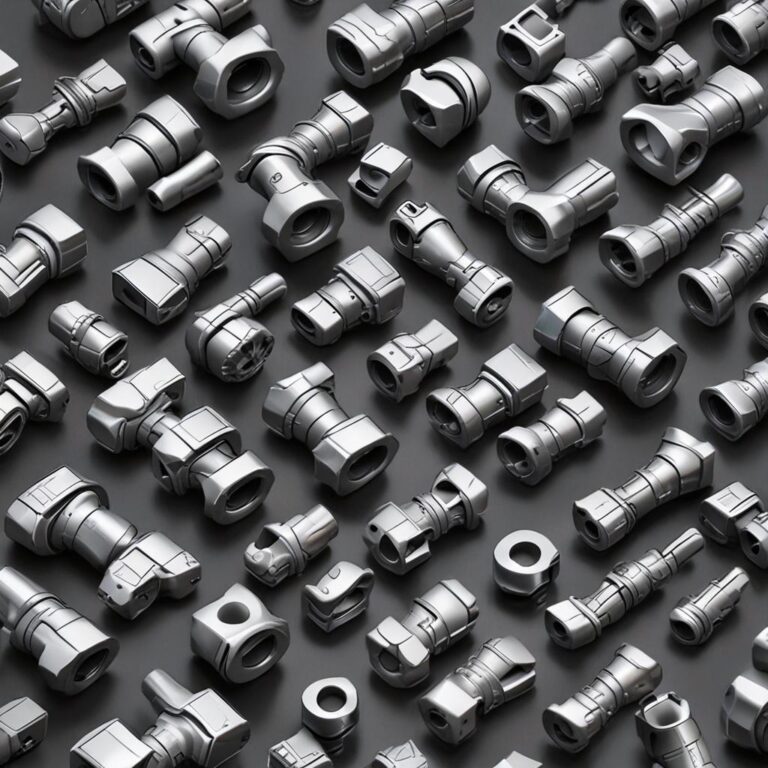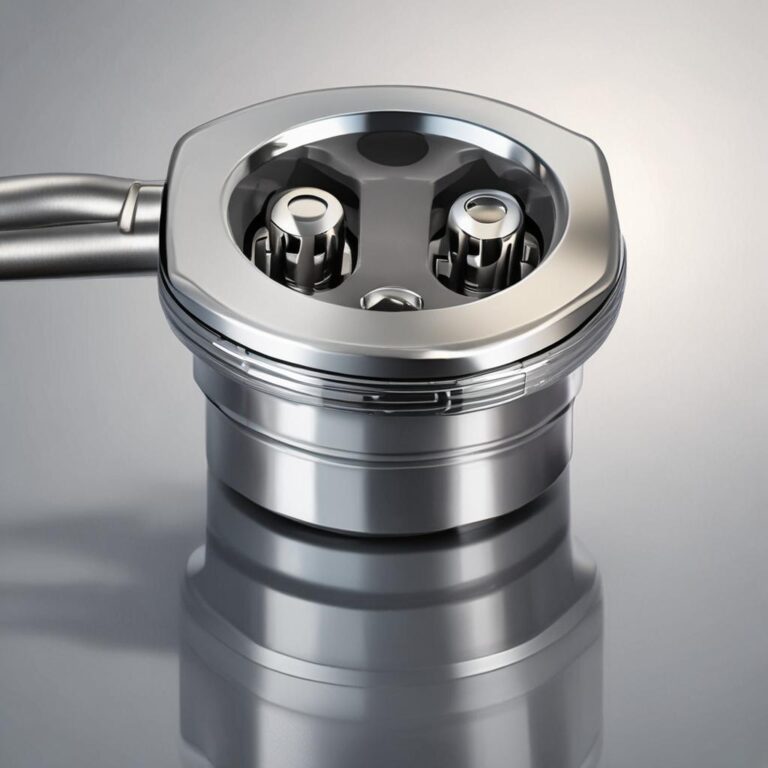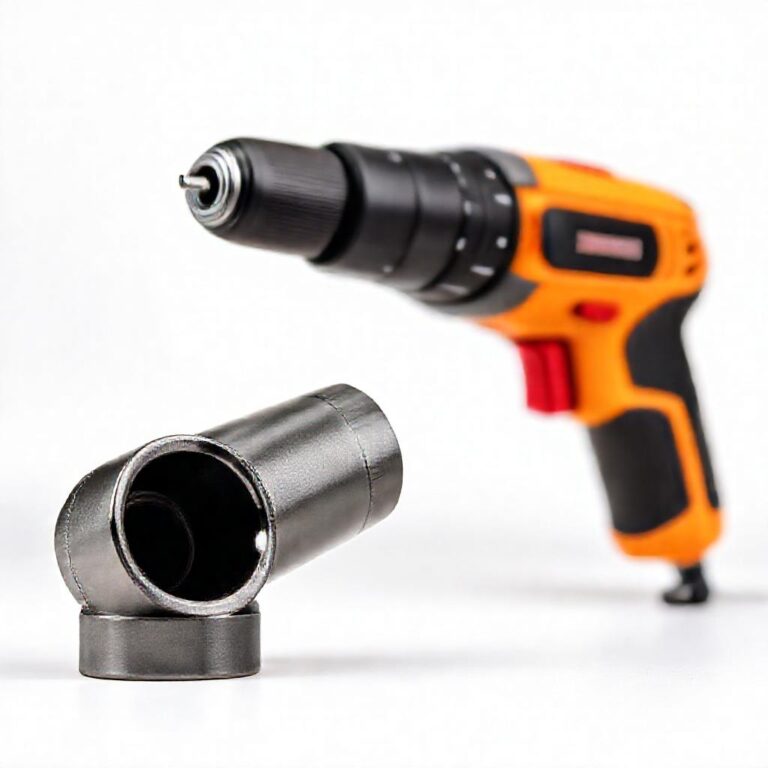1310 Vs 1350 U-joint
When it comes to maintaining or upgrading your vehicle’s driveline, choosing the right U-joint is crucial for optimal performance and durability. Universal joints, or U-joints, are essential components that connect the driveshaft to the differential, allowing for smooth power transfer even as the driveline angles change. Two of the most common types are the 1310 and 1350 U-joints, each designed for specific applications and load capacities. Whether you’re repairing a compact truck or modifying a heavy-duty vehicle for off-road adventures, understanding the differences between these two U-joints can help you make an informed decision. This guide will break down everything you need to know about 1310 vs. 1350 U-joints, from their specifications to their best-suited applications.
Understanding 1310 U-Joints
Dimensions and Specifications
The 1310 U-joint is a popular choice for light-to-mid-duty vehicles. It features a smaller size compared to its 1350 counterpart, with a yoke diameter of approximately 3.22 inches and a joint size of 1.062 inches. Standard bolt patterns and strategically placed grease fittings make it easy to maintain and install. Its compact design makes it ideal for vehicles with limited driveline space.
Load Capacity and Torque Handling
Designed for moderate stress, the 1310 U-joint can handle torque ratings suitable for everyday driving and light towing. Its weight limit and torque capacity make it a reliable choice for vehicles that don’t require heavy-duty performance. However, it may not be the best option for high-torque or heavy-load scenarios.
Common Applications
The 1310 U-joint is commonly found in compact trucks like the Ford Ranger and Chevrolet Colorado, as well as SUVs and light commercial vehicles. It’s often the standard choice for factory drivelines, ensuring compatibility with stock components.
Understanding 1350 U-Joints
Dimensions and Specifications
The 1350 U-joint is larger and more robust than the 1310, with a yoke diameter of around 3.62 inches and a joint size of 1.188 inches. Its sturdier build and reinforced materials, such as chrome-moly steel, make it capable of withstanding higher stress levels. The bolt patterns and grease fittings are also designed for heavy-duty use.
Load Capacity and Torque Handling
With significantly higher torque ratings and weight limits, the 1350 U-joint excels in demanding applications. It’s ideal for heavy towing, off-road driving, and vehicles with powerful diesel engines. Its ability to handle extreme stress makes it a favorite among enthusiasts and professionals alike.
Common Applications
The 1350 U-joint is typically used in large trucks like the Ford F-350 and Ram 3500, as well as modified off-road vehicles. It’s often paired with upgraded drivelines to ensure maximum durability and performance under heavy loads.
Key Differences Between 1310 and 1350 U-Joints
Size and Structural Strength
The 1350 U-joint is notably larger and stronger than the 1310, thanks to its reinforced materials and design. While the 1310 is sufficient for light-duty applications, the 1350 is built to handle extreme stress and heavy loads.
Key Features
Torque Capacity
Maximum rotational force each U-joint can handle
Available
Operating Angle
Maximum misalignment angle for smooth operation
Available
Material Composition
Steel or alloy used for durability and strength
Available
Lubrication Requirements
Grease type and frequency for maintenance
Available
Application Suitability
Ideal for automotive, industrial, or marine use
Available
Feature overview for 1310 Vs 1350 U-joint
Load Capacity and Torque Performance
The 1350 U-joint’s higher torque ratings and weight limits make it the better choice for heavy-duty tasks like towing or off-roading. In contrast, the 1310 is better suited for everyday driving and lighter loads.

Application Suitability
Choosing between the two depends on your vehicle type and usage. The 1310 is ideal for compact trucks and SUVs, while the 1350 is better for large trucks and modified vehicles. Upgrading to a 1350 may require driveline modifications, so compatibility should be carefully considered.
Compatibility and Installation
While the 1310 is often a direct fit for factory drivelines, the 1350 may require modifications due to its larger size. Forced installation of an incompatible U-joint can damage your driveline, so always verify compatibility before making a switch.
How to Choose the Right U-Joint for Your Vehicle
Check Manufacturer Specifications
Always consult your vehicle manual or manufacturer guidelines to determine the correct U-joint size. This ensures compatibility and prevents potential damage to your driveline.
Consider Power and Load Requirements
Evaluate your vehicle’s engine power, towing capacity, and typical driving conditions. If you frequently tow heavy loads or drive off-road, the 1350 U-joint may be the better choice.
Evaluate Driveline Upgrades
Upgrading to a 1350 U-joint can enhance durability in high-stress situations, but it may require additional modifications. Weigh the benefits against the costs and effort involved.
Cost and Availability
The 1350 U-joint is generally more expensive than the 1310 due to its heavier build and materials. Consider your budget and sourcing options when making a decision.
Common Applications and Use Cases
1310 U-Joints in Light-to-Mid-Duty Vehicles
The 1310 U-joint is commonly used in compact trucks like the Ford Ranger and Chevrolet Colorado, as well as SUVs and stock cars. Its lightweight design and moderate torque capacity make it ideal for everyday driving.
1350 U-Joints in Heavy-Duty Setups
The 1350 U-joint is the go-to choice for large trucks like the Ford F-350 and Ram 3500, as well as diesel engines and modified off-road vehicles. Its robust construction ensures reliability under extreme conditions.

Installation and Maintenance Tips
Tools and Precautions for Installation
Installing a U-joint requires specific tools, such as a press for the 1350 model. Always follow safety precautions and use the correct equipment to avoid damage or injury.
Maintenance Best Practices
Regularly grease your U-joints and inspect them for signs of wear. Replace them immediately if you notice any damage or excessive play to prevent driveline failure.
Professional vs. DIY Installation
While DIY installation is possible for the 1310 U-joint, the 1350’s larger size and complexity may require professional assistance. Hiring a mechanic ensures proper installation and reduces the risk of errors.
FAQ Section
Can I use a 1350 U-joint instead of a 1310 for extra durability?
While possible, upgrading to a 1350 U-joint may require driveline modifications. Always verify compatibility and consult a mechanic to avoid potential issues.
Does a 1350 U-joint improve towing performance?
Yes, the 1350 U-joint’s higher torque capacity makes it better suited for heavy towing and demanding applications.
How do I identify if my vehicle requires a 1310 or 1350 U-joint?
Check your vehicle manual, measure the existing U-joint, or consult a mechanic to determine the correct size.
Are 1310 and 1350 U-joints interchangeable without damage?
No, forcing an incompatible U-joint can damage your driveline. Always verify compatibility before installation.

What’s the cost difference between 1310 and 1350 U-joints?
The 1350 U-joint is generally more expensive due to its heavier build and materials. Prices vary depending on the brand and sourcing options.
Conclusion: Making an Informed Decision
Choosing between a 1310 and 1350 U-joint depends on your vehicle’s needs and intended use. The 1310 is ideal for light-to-mid-duty applications, while the 1350 excels in heavy-duty scenarios. Always consult your vehicle manual or a professional to ensure you select the right U-joint for optimal performance and durability. By understanding the differences and evaluating your requirements, you can make a confident decision that enhances your vehicle’s driveline capabilities.

